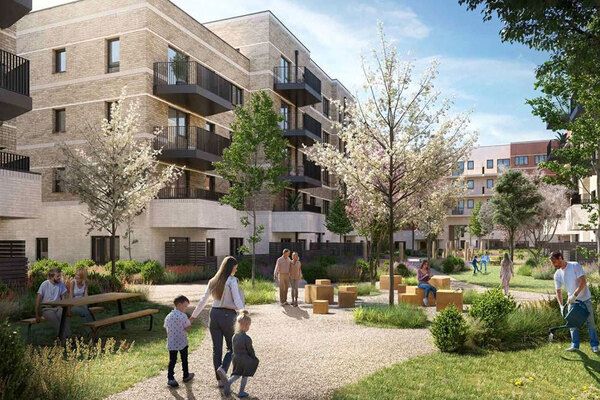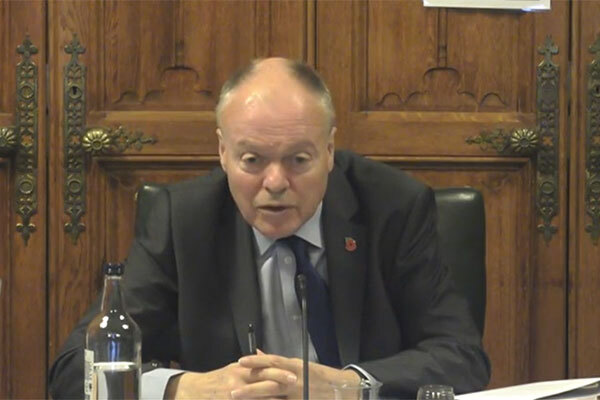You are viewing 1 of your 1 free articles
Affordable Homes Programme review: 4% social rent homes delivered so far
Homes England’s flagship Affordable Homes Programme (AHP) has delivered fewer than a third of its completions target so far, with just 4% for social rent.
According to a Homes England-commissioned review, 102,300, or 79%, of the programme’s completions target of 130,000 had been approved by March 2021.
The majority of these, around 60,000, were allocated via the continuous market engagement (CME) route, with the rest through strategic partners.
A total of 34,780 have been completed, 96% of which have been for affordable homeownership and affordable rent. Just 4% were for social rent.
At the same time, there have been 59,300 starts. All housing starts funded by the programme are to be achieved by March 2023, and all completions by March 2025.
The reviewers were asked to look at what housing had been delivered, the programme’s impacts, and which lessons can be learned at this point in the AHP.
Strategic partners promised to shake up the way social housing development was funded and move from piecemeal to programme-based handouts.
The long-term approach shifted the AHP away from the usual CME form of funding that had been in place. Under this, providers approached the government on a project-by-project basis.
As CME was seen as cumbersome and inefficient, for years, housing associations have been calling for a longer-term funding plan for development to replace it.
But the report found that fixed grant rates, which are an element of the strategic-partner model, made delivery challenging, given the wider inflationary pressures affecting the costs of development over the programme period.
The reviewers found that “most organisations with grant-funded schemes are confident they will meet delivery targets”, but there was some uncertainty on time and delivery, particularly for social rent, due to issues around land values and scheme-specific viability.
The report found that there has been a relative lack of strategic ‘added value’ in the strategic-partner model, beyond funding certainty and scale. Most delivery partners said it was unclear what this added value was at this point in the programme.
One respondent to the review said: “The rhetoric around strategic partnerships was never quite matched by the delivery.
“That initial bit that was strategic approach to grant funding, has been very successful … [but what we had] was a better grant programme under strategic partnerships, rather than a more strategic relationship.”
The Department for Levelling Up, Housing & Communities forecast that it would spend £20.7bn on new grant-funded homes through three rounds of the AHP between 2015 and 2023.
Views on the effectiveness of programme management and administrative requirements were polarised. For both issues, respectively, around half of partners felt the process worked well, the other half did not.
This evaluation of the AHP contains similar criticisms to a National Audit Office (NAO) review in September last year.
The NAO described the AHP as a poorly designed scheme marred by inadequate oversight, of which the targets set were unachievable and, ultimately, it was a programme that lacked the necessary incentives to deliver homes in areas of highest need or unaffordability.
In its quantitative analysis, this new review found that delivery had not been concentrated in places with more-pronounced affordability pressures.
On modern methods of construction (MMC), the report found the AHP had a limited effect on supporting the use of MMC, as no targets were established, and no incentives were put in place on grant rates or approvals to support delivery.
The report makes a number of recommendations that include an investigation into how the strategic-partner model affects the competition for land, and the effects on land values as they relate to affordable housing delivery.
The report also calls for greater transparency in reporting and greater flexibility of tenure.
In its foreword to the report, Homes England said the recommendations had already been incorporated into the latest round of the AHP.
Sign up for our development and finance newsletter
Already have an account? Click here to manage your newsletters












